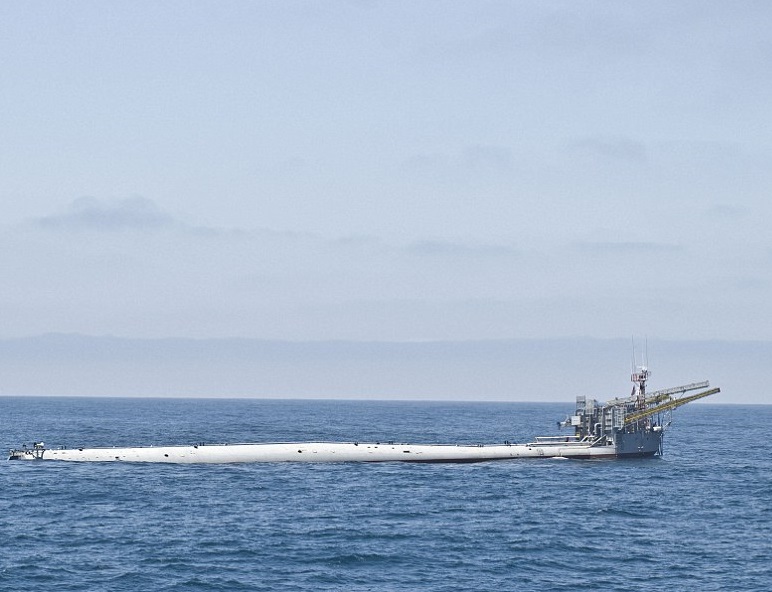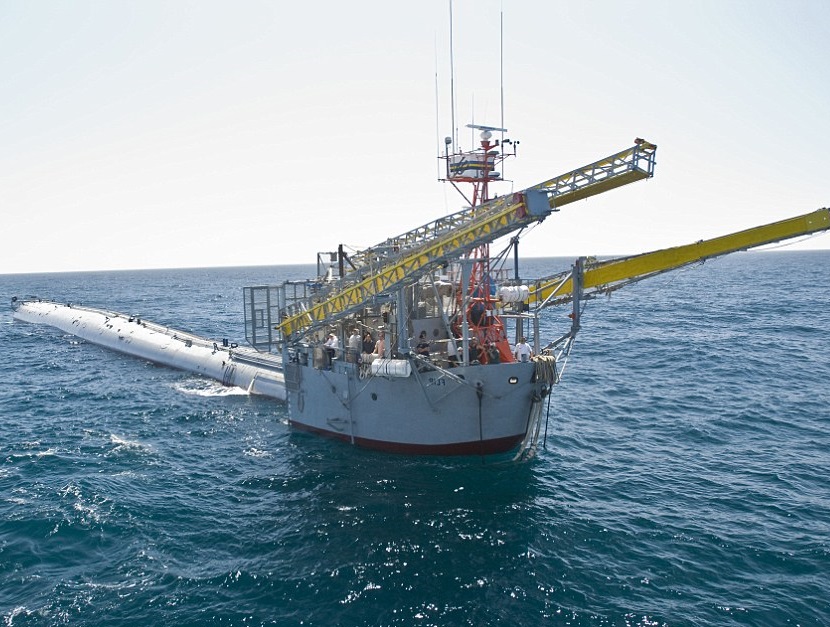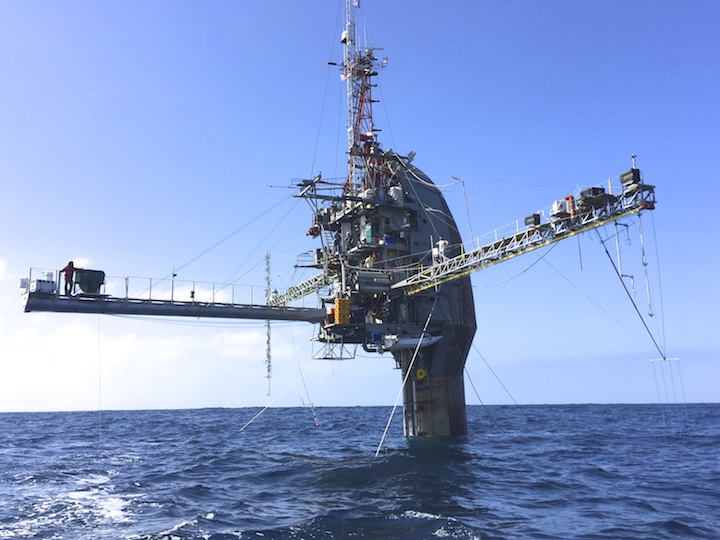This US Navy Ship Can Flip 90 Degrees In Sea!! FLIP – the ship that goes vertical
Have you ever heard of a ship that can flip 90 degrees and stay vertical in the sea for weeks? It may sound like something out of a science fiction movie, but it’s a real vessel called FLIP (Floating Instrument Platform). Operated by the Scripps Institution of Oceanography’s Marine Physical Laboratory and owned by the Office of Naval Research, FLIP is an extraordinary ship designed for ocean research.
FLIP, which stands for FLoating Instrument Platform, measures 108 meters (355 feet) in length. Its unique feature is its ability to flip from a horizontal position to a vertical position. To achieve this, ballast tanks are filled with 700 tons of seawater, causing the ship to start flipping. Air tanks keep the top of the ship above the water’s surface during the process. It takes about 28 minutes for the entire flip to complete, and once the ship is vertical, only 17 meters are visible above the water while 91 meters are submerged below.
The ship’s scientific instruments are designed to read accurately when the vessel is in a vertical position, which is essential for conducting ocean research. While FLIP is primarily used in a vertical orientation for research purposes, it moves horizontally when traveling to different locations. To accommodate the crew and researchers living onboard, the ship has a unique crew space. The rooms are equipped with two doors, and items like bunk beds, toilets, and stoves are built on swivels and gimbals to rotate along with the ship. Even sinks are constructed to function both horizontally and vertically in each room.
FLIP was built in 1962 with stability in mind. Its initial purpose was to support research on undersea sound waves caused by thermal gradients and ocean bottoms. When flipped vertically, FLIP experiences minimal movement even in rough seas, making it exceptionally stable compared to traditional ships that ride on top of waves. This stability allows researchers to conduct various activities, including meteorology, geophysics, physical oceanography, marine mammal research, non-acoustic anti-submarine warfare, and laser propagation experiments.
The vessel operates off the West coast of the United States and has no propulsion system to avoid interference with the sensitive instruments onboard. It is towed into place and can float freely or be anchored as needed. With its ability to operate in shallow or deep water, FLIP provides a stable environment for research in a wide range of scientific fields.
FLIP is powered by two diesel generators rated at 150 kW each, with an additional 40 kW generator for backup. It can store 1,500 gallons of fresh water, produced by a reverse osmosis system. The crew typically stays onboard for up to 30 days, and resupplies can extend their stay to 45 days if necessary. However, due to limited space and facilities, including steep stairs and narrow spaces, accommodations on FLIP require careful planning.
Imagine sailing across the ocean and witnessing a ship with its front end sticking out of the water. You might be surprised, thinking it capsized, but in fact, you would be witnessing the world’s only flippable ship, FLIP. It’s an incredible engineering marvel that has revolutionized ocean research and provided scientists with a stable platform for conducting groundbreaking studies.
Hits: 1











